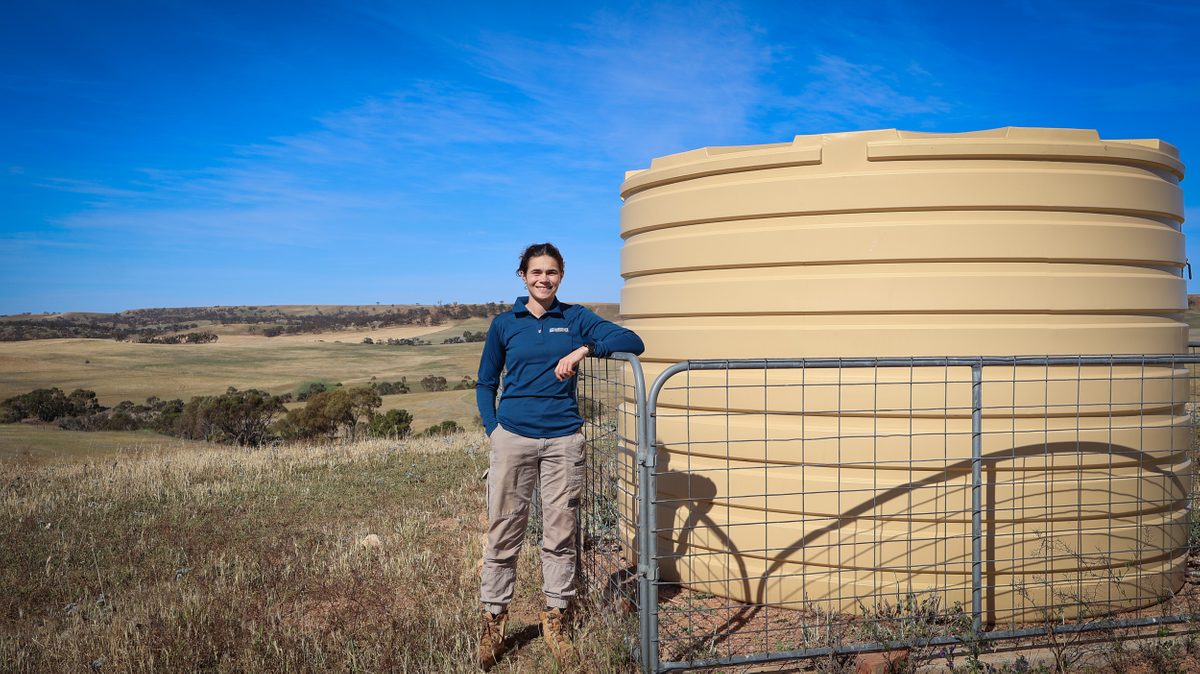Counting on offshore breeding success
An annual survey of coastal raptors recently occurred on southern Yorke Peninsula, with ecologists checking known breeding sites along the foot and offshore islands.
Natural Resources Northern and Yorke regional ecologist Lee Heard said that as human activity encroaches on their mainland territories disturbing breeding activities, the shy birds are choosing less disturbed and more secure habitats on offshore islands.
"We all want to enjoy the coast, but as we build, fish and play at or near the coastal cliffs, we collectively disturb breeding activities and diminish the habitat available to the raptors and other creatures," Ms Heard said.
"There are no tall trees along the coast, especially near the water’s edge, so the birds must nest on cliffs, along terraces or on sea stacks.
"As they’re used to being above their predators, they can get a fright when disturbed by activities near the cliff top.
"Startled adult birds can accidentally break the eggs as they fly off to safety, or leave the eggs and chicks exposed to the high winds and cold or the ever-hungry gulls who prey on them."
Ms Heard said that breeding pairs may choose not to breed if they are disturbed or may even abandon a nest after eggs have been laid.
Commercial and recreational fishing can also have unintended consequences for coastal raptors, with the birds suffering accidental injuries from fish hooks and becoming reliant upon fish remnants discarded from fishing vessels.
"We weaken the resilience of wildlife when we provide supplementary food resources," Ms Heard said.
Commerical fishing operators suggest fishers should drop their lines to the side of moving boats rather than cast to prevent the raptors mistaking shiny lures as prey and getting injured.
Scientists and observers from Natural Resources Northern and Yorke and Birdlife Australia visit the area twice a year to monitor the activity of sea eagles and ospreys - initially when they set up their breeding territories, and then again when fledglings are beginning to leave the nest.
"In November we will go back to where they are breeding and, at a safe distance from the nest, watch for fledgling activity," Ms Heard said.
"We are so lucky to have coastal raptors in South Australia. In many parts of the world people may not have an opportunity to see one in their lifetime - but we have to learn to marvel at these magnificent birds without interfering."
The Southern Yorke Peninsula Coastal Raptor Monitoring project is part of an Australian Government funded biodiversity project.



